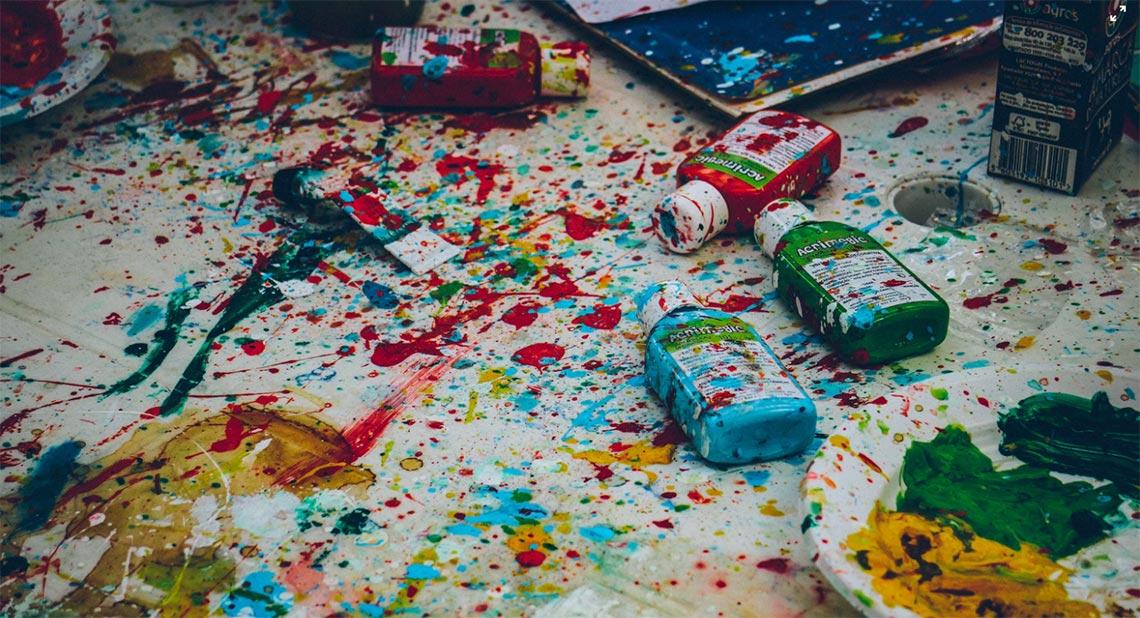
This is the second installment of a series of posts about my key learnings as a Design Strategist within the Office of Scholarship & Innovation. The first piece that is focused on Empathy can be found here. On July 16th, I will transition to the Office of University Initiatives as a 2019-2020 University Innovation Fellow. Thank you to the Design Initiatives team and all of #oofsi for all of the lessons!
One of the best parts of being a member of the Design Initiatives team is autonomy. Having a team that supports your individual ideas, wants you to take initiative and is excited about projects that you come up with yourself is not something everyone can say they have. It was quite intimidating at first. Ask anyone who knows us (or doesn’t know us), and they’ll tell you our office is shrouded in ambiguity. Seriously. I spent this year on my own journey of wayfinding and was forced to figure out how to navigate this amorphous environment with the help of our director, Jennifer Stein. This brings me to the next lesson I learned through practice here – defining the challenge (and the metrics).
The Office of Scholarship & Innovation is an incubator for wild ideas. It’s a place where you’re not just allowed but encouraged to find projects that you’re passionate about and problems that you want to solve. After attending workshops and conferences or having one-off conversations with people, I would quietly sneak into her office for what I thought might be a quick second that would only turn into a 45-minute word vomit session. I apologize to anyone who was waiting on an email response from Jennifer during one of my episodes. Sitting in her office, I spouted off what I thought were key insights and possible project ideas left and right. She patiently listened and allowed me to think aloud… sometimes, I asked myself clarifying questions, paused to process, and answered them on my own in the moment. How she didn’t think I was a Jackson Pollock painting in human form, I’ll never know.
Jennifer helped me pause on the ideation (without losing any of the ideas) and think through what it was that we wanted to tackle or address. A step in the design process that I often tend to accidentally skip is the one of really identifying the problem or challenge that I want to tackle. I go straight from empathy to ideate. Sidenote: the design process is not a linear one, however, skipping pieces entirely is not a good idea. Often, she’d have me pause to think about this question, “What is the specific problem we are trying to solve?” If you don’t know where you are now and what the current state is, it sure makes moving forward a whole lot tougher. The more specific the problem, the more user-centered and targeted the ideas to prototype can be. Then, she’d ask me to think about how we might go about collecting data for these prototypes. How would I know that these problems had been addressed without any metrics for success? What would it look like, sound like, feel like, smell like, or taste like if we made progress toward solving that challenge?
What I’m taking away from our Jennifer + Christina 1:1s over the last 13 months can be likened to a classroom lesson. Every sub-objective should be aligned to your overall whole objective. If you don’t know your objective (or in this case, the exact problem you want to solve), then you may end up lost. However, if you identify the specific challenge and identify key measures for success, you’ll be able to design better products, services, and experiences for your users.
Thank you to Jennifer for identifying my own specific problems and helping me to struggle, prototype, and test possible solutions to be a better (and much more professional) human… and for this delicious mapo tofu recipe.